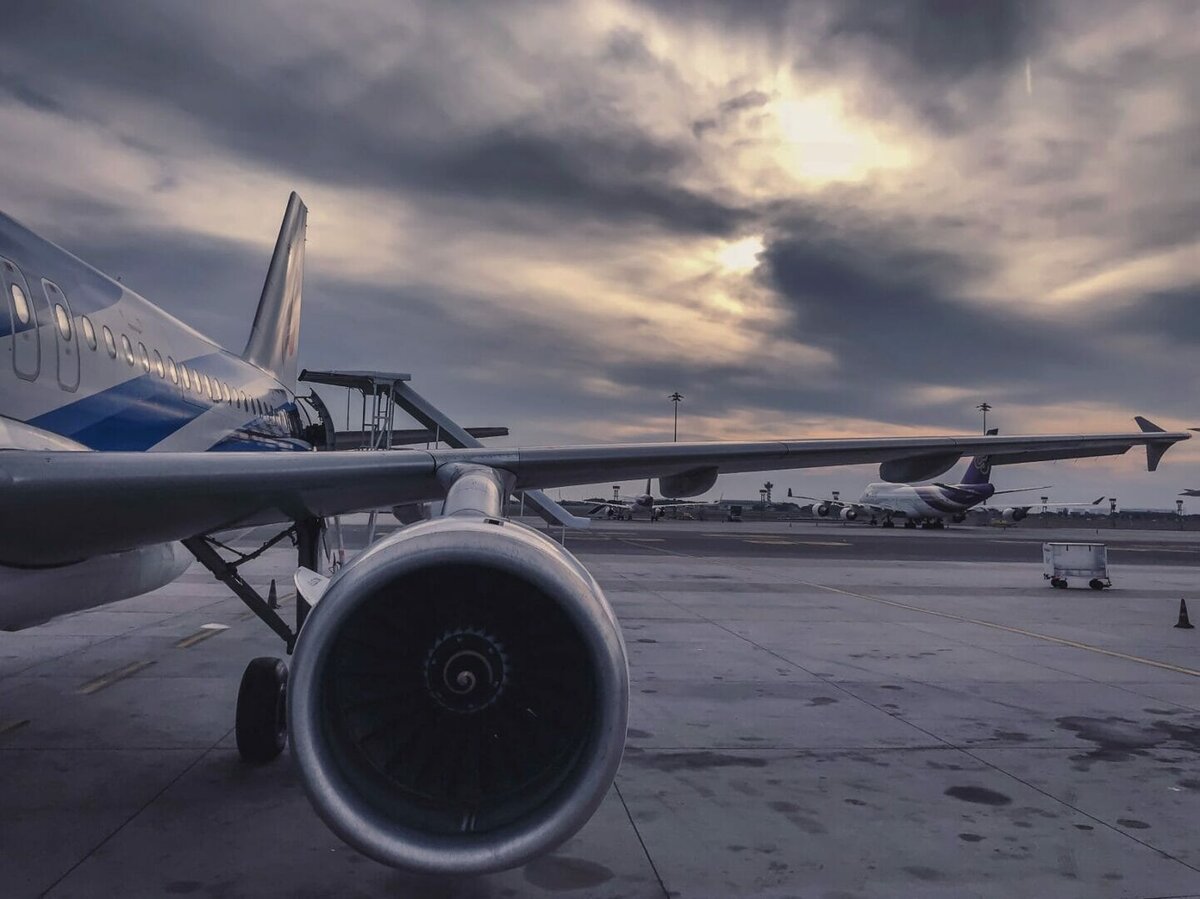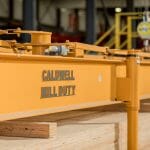In September 2020, Airbus revealed three concepts for the world’s first zero-emission commercial aircraft which could enter service by 2035. Here, Chris Johnson, managing director of SMB Bearings explains how this grand reveal could spark new life in the bearing supply chain.
All three of Airbus’s concepts rely on hydrogen as the primary power course — an option Airbus believes “holds exceptional promise as a clean aviation fuel and is likely to be a solution for aerospace and many other industries to meet their climate-neutral targets.” This glimpse into the future could reenergise the entire aerospace supply chain, as it recovers from the Covid-19 slump.
Greener aerospace will be key to the Covid-19 recovery. That’s according to a survey of aerospace business leaders from across Europe. Conducted in June 2020, the two-part report series from Protolabs involved 80 key industry professionals from across Europe, with the aim of uncovering how the aerospace sector will recover from the impact of the global pandemic. It found 77 per cent of respondents expected environmental credibility to become a key differentiator moving forward. Similarly, 72 per cent indicated that new materials will be the driving force in lowering emissions.
The results aren’t exactly surprising — green engineering has been on the sector’s agenda well before Covid-19 came along. Yet, the findings certainly demonstrate an increased pressure to effectively develop greener modes of air transport, and get it done quickly.
Every component in the aeroplane will need to extract maximum value, including all of the hundreds of bearings found in a single plane. Bearings for aviation and aerospace have to withstand harsh conditions, extreme temperatures and demanding load profiles, while offering increased speed and reduced rotational torque. There’s a lot to ask of bearings, and projects like the Airbus zero emission plan certainly keeps the bearing industry moving.
Bearings are used across the entire aeroplane, including aircraft wing systems, flight control, cockpit controls and aircraft interiors, to name just a few. Already, some of the most renowned bearing manufacturers are competing for prestigious contracts in this division. Design engineers are working with very ambitious specifications, which rely heavily on ultra-low friction, lightweight, compact and long-lasting bearings.
Even the miniature bearings in the aircraft interior, from the seats, bins, latches and hinge points, will need to be carefully chosen, as every gram counts. While some of the components may be the same as previous aeroplane models, others may need a rethink. Bearing material and lubrication are two of the most important options in the selection process, which will have a huge impact on bearing speed and load capabilities, as well as long-term maintenance requirements.
For the smaller and space-limited aerospace projects, such as those found in the reclining elements of the seats, we’d recommend EZO thin section bearings manufactured by Sapporo Precision in Japan. These bearings have a reputation for consistent quality, allowing design engineers to produce dependable and reliable products and systems for the green aerospace mission.
While these seat recliner bearings may seem trivial in the grand scheme of things, we must remember that the longer these components last, the less bearing replacements will need to take place across the aeroplane’s lifespan. This not only saves the airline operators money, but means less carbon emissions are generated in the bearing supply chain.
Airbus’s reveal of its three concept zero-emission aeroplanes was certainly a moment in history. There’s no doubt the entire aerospace supply chain is feeling a positive force to develop and improve products and processes. Good quality, well thought out bearings could help make sure at least one of the three concepts is brought to fruition.
For more information on SMB Bearings, or EZO thin section bearings, visit smbbearings.com.








